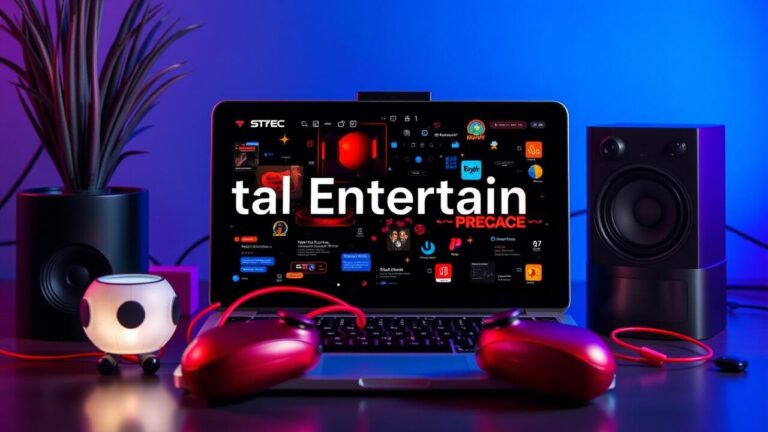In an era where physical gatherings may not always be possible, event livestreaming has emerged as a powerful tool to connect audiences from around the world. Whether it’s a concert, conference, or sporting event, livestreaming allows people to experience the excitement and energy of an event from the comfort of their own homes. But what exactly is event livestreaming, and how can you make the most of it? Let’s dive into the world of event livestreaming and explore how you can create memorable experiences for your audience.
What is Event Livestreaming?
Event livestreaming involves broadcasting live video and audio coverage of an event over the internet, allowing viewers to watch in real-time from their computers, smartphones, or other connected devices. This can range from a single camera capturing the event to a multi-camera setup with professional production quality. Livestreaming platforms like YouTube Live, Facebook Live, and Twitch have made it easier than ever for organizers to reach a global audience and engage with viewers in real-time.
Benefits of Event Livestreaming
- Accessibility: Livestreaming makes events accessible to a wider audience, including those who may not be able to attend in person due to geographic limitations or mobility issues.
- Engagement: Livestreaming allows for real-time interaction with viewers through comments, polls, and Q&A sessions, fostering a sense of community and engagement.
- Cost-Effective: Livestreaming can be a more cost-effective alternative to hosting physical events, eliminating the need for venue rentals, travel expenses, and other logistical costs.
- Content Repurposing: Livestreamed events can be recorded and repurposed as on-demand content, extending their lifespan and reach beyond the live broadcast.
Tips for Successful Event Livestreaming
- Plan Ahead: Plan your livestream well in advance, considering factors like timing, content, and technical setup.
- Test Equipment: Ensure that your audiovisual equipment is in good working order and conduct test streams to address any technical issues beforehand.
- Promote Your Livestream: Build anticipation by promoting your livestream across your social media channels, website, and email newsletters.
- Engage with Viewers: Encourage audience participation by responding to comments, asking questions, and incorporating interactive elements into your livestream.
- Provide Value: Offer exclusive content, behind-the-scenes access, or special discounts to incentivize viewers to tune in and engage with your livestream.
Case Studies: Successful Event Livestreaming Examples
- Coachella Music Festival: Coachella livestreams select performances from the festival, allowing music fans around the world to experience the excitement of the event.
- TED Talks: TED livestreams its renowned TED Talks conferences, enabling viewers to watch inspiring talks and engage with speakers in real-time.
Embracing the Future of Events
As technology continues to evolve, so too will the landscape of event livestreaming. From virtual reality experiences to interactive livestreams with augmented reality elements, the possibilities are endless. By embracing event livestreaming, organizers can create immersive, engaging experiences that transcend physical boundaries and bring people together like never before.







